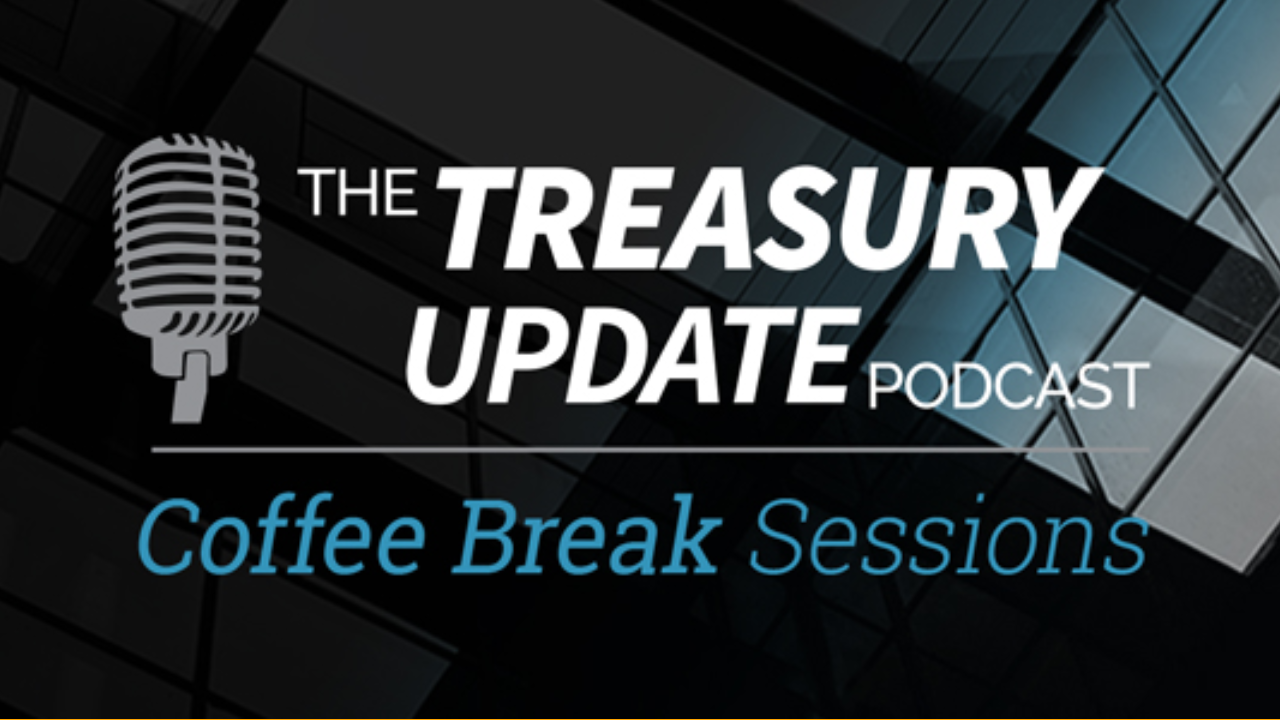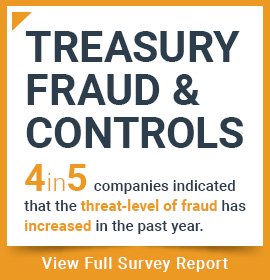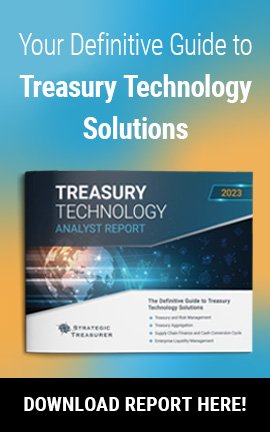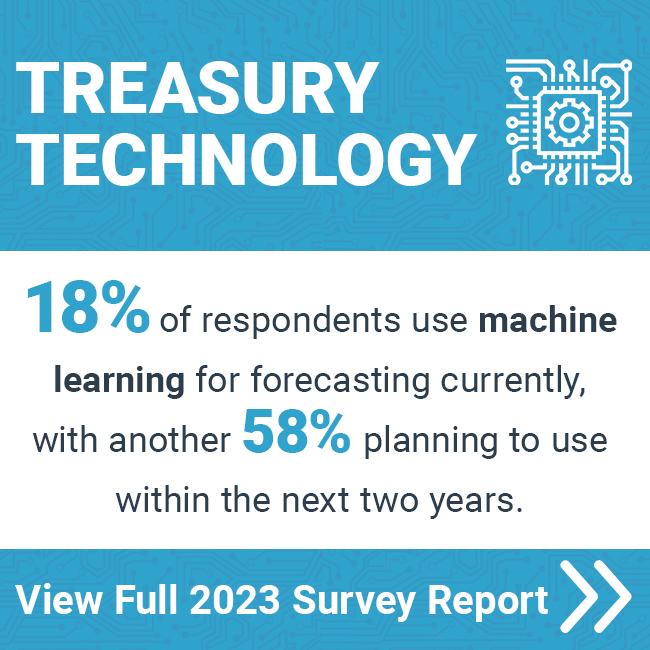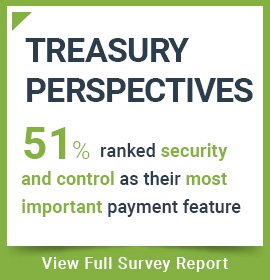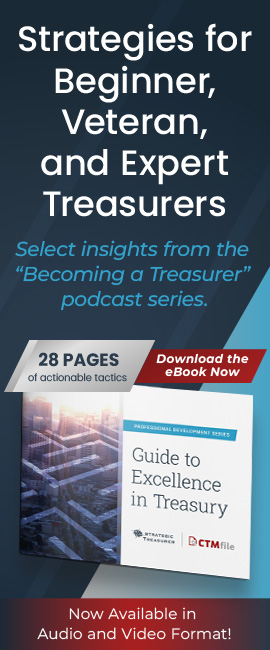
Session 19
What Are Alternative Payment Types?
What are alternative payment types? Coffee Break Session Host Alexa Cook meets up with Senior Consultant Stephanie Villatoro of Strategic Treasurer to discuss payment types at a high-level. They bring to light how alternative payments have evolved and how they are being used across organizations today. Tune in to this bitesize conversation to learn more.
Host:
Alexa Cook, Strategic Treasurer
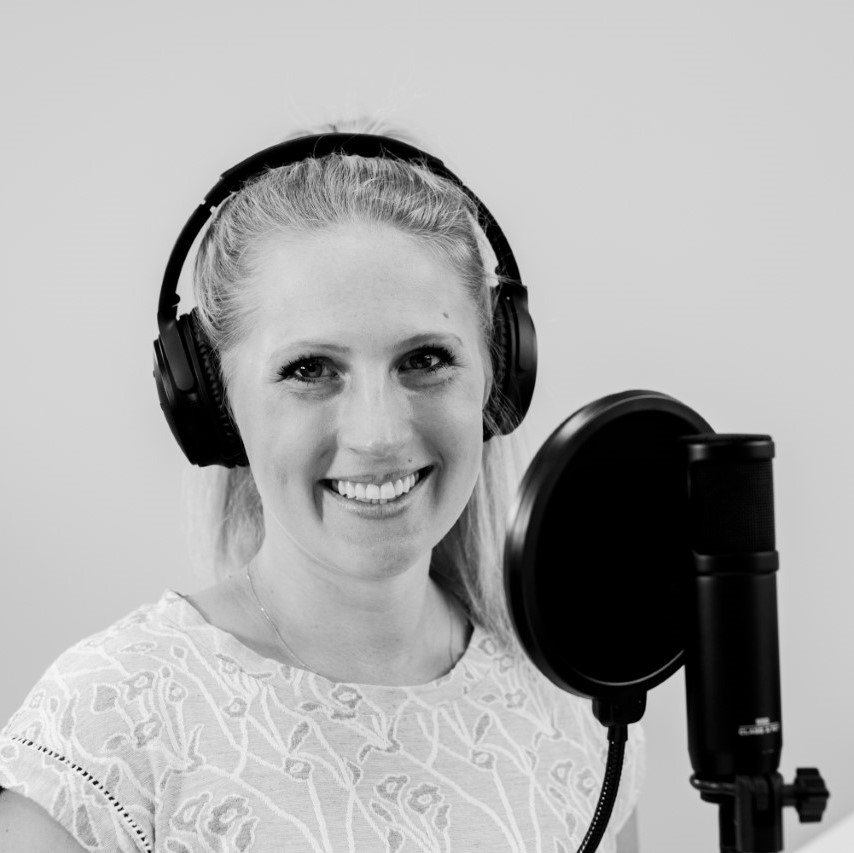

Speaker:
Stephanie Villatoro, Strategic Treasurer


Episode Transcription - CBS Episode 19: What are Alternative Payment Types?
Alexa Cook:
Hey guys, welcome to the Treasury Update Podcast, Coffee Break Session, the show where we cover foundational treasury topics and questions in about the same amount of time it takes you to drink your coffee.
Alexa Cook:
This is your host, Alexa Cook. And today I am joined with Stephanie Villatoro, a consultant here at Strategic Treasurer. Welcome, Stephanie.
Stephanie Villatoro:
Thank you, Alexa. It’s nice to be here.
Alexa Cook:
So last time Stephanie was on our podcast, we talked about traditional B2B payment types, which were checks, EFTs, wires, that sort of thing, and so this time we’re going to be talking about alternative payments and payment types.
Alexa Cook:
So, Stephanie, what are some alternative payments or payment types, if you just like high level?
Stephanie Villatoro:
It’s the things that you see in the marketplace that aren’t those typical ones. One of the most common ones you’ll hear about is PayPal and your smartphone wallet, paying by text or email, those types of things.
Alexa Cook:
Okay. What kind of trends are we seeing in the market with these alternative payment options? I know that I’ve heard of Zelle and PayPal.
Stephanie Villatoro:
Yeah. So the trends vary from area to area, and when you talked about B2B last time when we were talking about traditional payment types, your business-to-business payments. Well, the alternative payment types evolve differently by the area from business-to-business, your business-to-consumer, as well as your person-to-person payments.
Stephanie Villatoro:
So let’s first talk a little bit about business-to-business. We mentioned PayPal. Business-to-business, they’re looking for more online type of payments, allowing their partners to be able to pay them through their invoices in different ways. One could be online payments where they can see their invoices and choose how they want to pay, and those websites allow you to utilize different types of payments. PayPal being one of those in the business-to-business space.
Stephanie Villatoro:
Traditionally, PayPal has been more on the person-to-person side and maybe small business, but they’re expanding into the business-to-business space. They’ve made some acquisitions or mergers recently that’s allowed them to expand this capability. So we’re going to see that change over the next few years, I would say, where they expand more in a business-to-business space. It allows them to consolidate the information that’s similar to the traditional payment type of checks with a lockbox check. So you have someone processing the check and sending you a data feed. PayPal is going to be doing the same things probably, and that’s similar to what they do when you have online bill pay as well. Someone’s paying and that gets into the business-to-consumer as well.
Stephanie Villatoro:
So it’s streamlining, I see more on the business side, more of that receivables application, along with the payment. So it’s streamlining that whole process of whatever payment they want to choose. They’re going to make it where the backend application of the receivable is more streamlined along with it.
Stephanie Villatoro:
And then on the business-to-consumer side, so this is your more of your retail. I talked about the online bill payments from an electronic standpoint. That’s allowing companies to receive those payments electronically via ACH. So someone’s going on their banking portal. They’re paying credit card bill or their utility bill, or maybe even their insurance bill. They’re paying that through the online bill pay. And on the other side, corporations, or what you call an eLockbox, are receiving that data of what they’re paying. They’re receiving the payment electronically, as well as the information electronically.
Stephanie Villatoro:
Another thing that’s becoming more prevalent are mobile payments. So your mobile wallets or any type of mobile payment to a business for a service, whether it is parking or going through the drive-through at Chick-fil-A on your mobile app and just picking up your food where you’ve already paid through your mobile wallet. So we’re seeing a lot more of that as well, moving into that. But it’s typically storefront retail, food, as well as parking. Parking, you get more into near-field communication, which is NFC, where you get near the parking meter and you can pay your parking through an app instead of a physical card swipe, so that is helping, or even coins for that matter. So you’ll see a lot of things changing in parking meters, from the traditional coin meters to the near-field communication or just paying through an app.
Stephanie Villatoro:
And then person-to-person, most of us are more aware of smartphones, your wallets and your smartphone, paying by text or email and having different apps to be able to pay others or small businesses through PayPal, Zelle, Venmo.
Alexa Cook:
What kind of changes do you think will be happening through these alternative payments? I know you’ve talked about the shift to either online or mobile devices, but do you anticipate any other sort of alternative payments becoming more prevalent?
Stephanie Villatoro:
I see changes more in the marketplace of how we pay both businesses and person-to-person. Not only the actual payment types, but how that changes the underlying way we transact and store money. So banking has been the traditional, it’s been a very long time since I’ve seen someone write a check in the line at the grocery store or any kind of place like that, that is pretty much declined to a minimum at this point. But what we’re going to see is … And there’s a lot of speculation in the marketplace of what we’re seeing with the next generation. Our young adults now, or even younger than that, don’t have credit cards or very minimal credit cards. They don’t have a bank necessarily. They’re more doing the PayPal or the stored money cards through a PayPal app or something.
Stephanie Villatoro:
So we’re going to see more and more unbanked young adults in the marketplace. So it gives a different reason. We’re going to see a growth in the digital wallet companies, and the reason being is they don’t need a banking license to be a digital wallet. And another random one is the cryptocurrencies. This makes things faster and cheaper to use a cryptocurrency, but that regulation is still evolving. So I think that’s going to be more longterm.
Alexa Cook:
Okay. So I guess to recap everything we’ve talked about, so alternative payment types are things, and it sounds like things that are electronic. So whether that’s PayPal, Zelle, or things moving towards phone payments. And those are really contingent upon whether it’s business-to-business, business-to-consumer or person-to-person, yeah, which is really being driven by that smartphone wave with the paying by text or email. And then a lot of these changes that you’re thinking may happen or just how we transact in general, which we have seen a major shift in that in the past how many years, which would include less credit cards, less banks, and I liked how you said more unbanked adults in the future. And was there anything else you wanted to add to that or did I sum that up?
Stephanie Villatoro:
You summed it up well. I think the person-to-person payment types is going to drive the business-to-consumer and the business-to-business payments in the future.
Alexa Cook:
Well, Stephanie, thank you for joining me today to talk to us about what alternative payment types are. And I think next time Stephanie joins us, we’ll be talking about what global payment types are. So make sure listeners that you tune in for that. And of course, we’re always open to hearing from you guys. So please drop us an email at podcast@strategictreasurer.com, and make sure you’re tuning in every first and third Thursday of the month for a new Coffee Break Session episode. Thanks again, Stephanie.
Related Resources
Want access to more great content? Subscribe to Strategic Treasurer on YouTube!
A part of the Treasury Update Podcast, Coffee Break Sessions are 6-12 minute bite-size episodes covering foundational topics and core treasury issues in about the same amount of time it takes you to drink your coffee. The show episodes are released every first and third Thursday of the month with Special Host and Treasury Consultant Alexa Cook of Strategic Treasurer.


